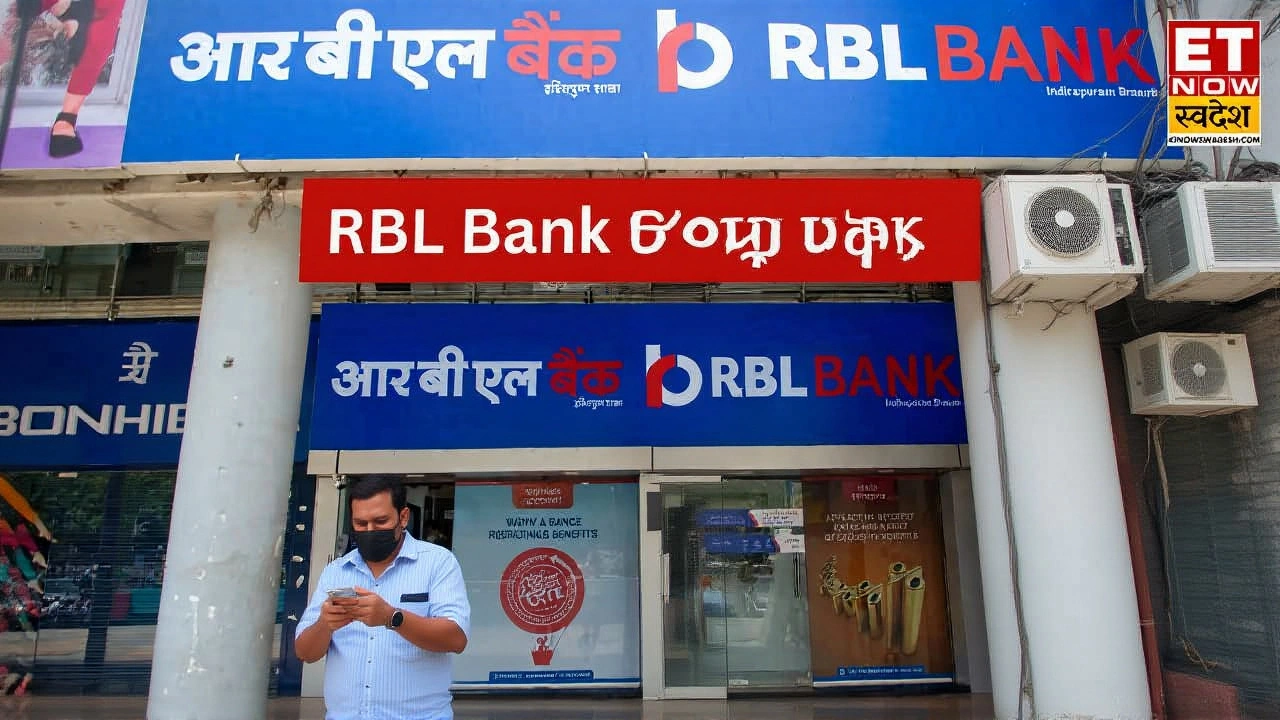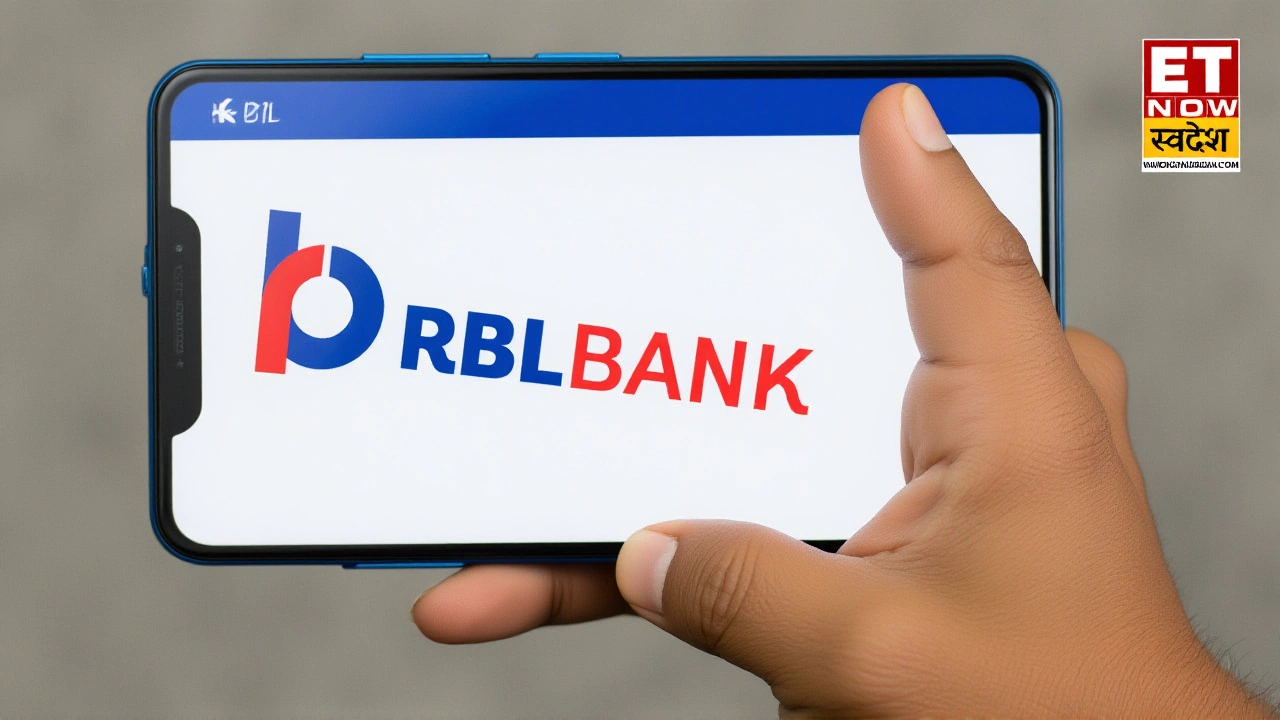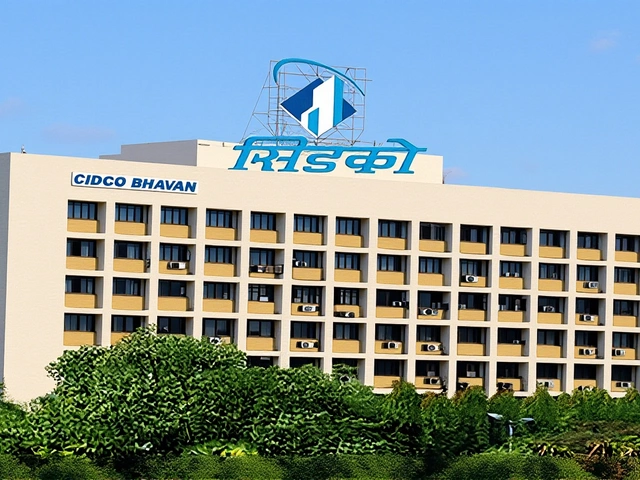When RBL Bank Limited posted a closing price that swung between ₹299.60 and an inexplicable ₹26,014.50 on October 20, 2025, investors started talking about data glitches as much as they talked about growth potential. The numbers came from three well‑known platforms – Wallet Investor, the National Stock Exchange of India (NSE) and Screener.in – each painting a slightly different picture of the bank’s market performance. Here’s the thing: the divergence isn’t just a quirk of reporting; it reflects how valuation models, snapshot timing, and even data‑formatting errors can sway the narrative around a single stock.
Recent Trading Snapshot and Data Discrepancies
The NSE’s own market‑watch page listed RBL Bank’s price at a jaw‑dropping 26,014.50 INR, up 91.50 INR (0.35%) as of 23:17 UTC on the day in question. In contrast, Wallet Investor, which aggregates broker‑level feeds, quoted the share at exactly 299.600 INR – a figure that aligns with the typical price band for a NIFTY SMALLCAP 250 constituent. Screener.in, another popular Indian equity portal, showed a close of ₹327.00 with a +9.07% move, echoing the modest rally seen earlier in the week.
Analysts say the 26,014.50 INR reading likely stems from a CSV‑export mishap where the price field was concatenated with the market‑cap column, inflating the number by two orders of magnitude. Such glitches can trigger automatic alarm bells in algorithmic trading systems, but they’re usually scrubbed within minutes. The takeaway? When you compare data sources, always check the timestamp and the methodology behind the numbers.
Forecasts from Wallet Investor: 2029‑2030 Outlook
Wallet Investor’s long‑term model, refreshed on October 20, 2025, projects a slow‑but‑steady climb for RBL Bank’s share price through the end of the decade. Starting in September 2029, the model expects an opening price of 421.047 INR and a closing price of 408.530 INR – a modest dip of 3.06%. By January 2030, the forecast nudges the price to a range between 429.284 INR and 437.994 INR, essentially flat on a month‑to‑month basis.
Here’s the twist: the model’s monthly volatility bands are fairly tight, suggesting the bank’s fundamentals – loan growth, net interest margin, and asset quality – are expected to stay on an even keel. The forecast assumes the adjusted price‑to‑earnings (P/E) ratio will hover around the current 31.66, a level that, while higher than the NIFTY Small‑Cap average, reflects the premium investors assign to RBL’s retail‑focused lending franchise.
What the Numbers Mean: Valuation, Volatility, and Investor Sentiment
RBL Bank’s market capitalisation as of the snapshot sits at ₹19,944.33 Crores, with a free‑float value of ₹19,405.72 Crores. The stock’s 52‑week high of 328.80 INR on October 20, 2025, compares to a low of 146.10 INR on January 20, 2025 – a 124.83% jump in just nine months. Annualised volatility clocks in at 47.76, well above the broader index’s 28% average, highlighting the stock’s reputation as a high‑beta play.
Deliverable‑to‑traded quantity stands at 36.33%, indicating a healthy proportion of shares available for settlement, while the impact cost of just 0.04 points suggests that large orders can be executed without moving the market too much. Margin requirements sit at 34.72%, a figure that keeps retail traders from over‑leveraging in a sector that can swing sharply on credit‑policy news.
- Adjusted P/E: 31.66
- Average daily volume: 1,018.97 Lakhs
- Annualised volatility: 47.76%
- Free‑float market cap: ₹19,405.72 Crores
- Current price band: 269.55 – 329.45 INR

Market Context: Small‑Cap Index and Macro Factors
RBL Bank is a constituent of the NIFTY SMALLCAP 250, a basket that often outperforms the broader NIFTY 50 during phases of robust domestic consumption. The bank’s strategy of targeting the under‑banked in tier‑II and tier‑III cities aligns with the government’s push for financial inclusion, a policy area that typically attracts favorable regulatory sentiment.
On the macro side, India’s GDP growth forecast for FY 2025‑26 hovers around 6.8%, according to the Ministry of Finance, while inflation expectations have eased to 4.2%. Both factors keep the Reserve Bank of India’s repo rate stable, which in turn supports banks’ net interest margins. Turns out, the environment is relatively benign for a lender that leans heavily on retail deposits.
Looking Ahead: Risks and Opportunities
Even with a rosy forecast, a few headwinds could derail the expected trajectory. A sudden uptick in non‑performing assets (NPAs) would erode earnings and push the P/E higher. Likewise, any tightening of credit norms by the RBI could choke the bank’s loan‑book expansion. On the upside, the rollout of the bank’s new digital mortgage platform could open a high‑margin revenue stream, potentially nudging the share price above the projected 2030 ceiling.
The bottom line is that RBL Bank’s stock offers a blend of growth upside and volatility risk that appeals to both bullish retail investors and cautious institutional funds. As the next earnings season approaches, watch for the net interest margin trend and the pace of new‑to‑bank retail accounts – those numbers will likely decide whether the price stays within Wallet Investor’s modest band or breaks out into a new high‑growth phase.
Frequently Asked Questions
Why did the NSE show a price of ₹26,014.50 for RBL Bank?
The figure appears to be a data‑formatting error where the share‑price column was merged with the market‑cap column during export. Such glitches are rare but can happen when large data sets are parsed automatically.
How does RBL Bank’s volatility compare to the broader market?
With an annualised volatility of 47.76%, RBL Bank moves considerably more than the NIFTY Small‑Cap average of around 28%. This higher beta reflects its concentration in retail loans and its position as a small‑cap stock.
What does the adjusted P/E of 31.66 indicate?
A P/E of 31.66 suggests the market values RBL Bank’s earnings at a premium relative to many peers, betting on strong loan‑book growth and higher future profitability.
Which macro‑economic factors could influence RBL Bank’s stock?
GDP growth around 6.8% and stable RBI policy rates keep credit costs low, supporting bank earnings. However, a surge in inflation or a sudden policy shift could tighten credit and dampen margins.
What should investors watch for in the upcoming earnings season?
Key metrics include net interest margin, growth in new‑to‑bank retail deposits, and the proportion of non‑performing assets. A strong showing could validate the modest upside projected by Wallet Investor.



